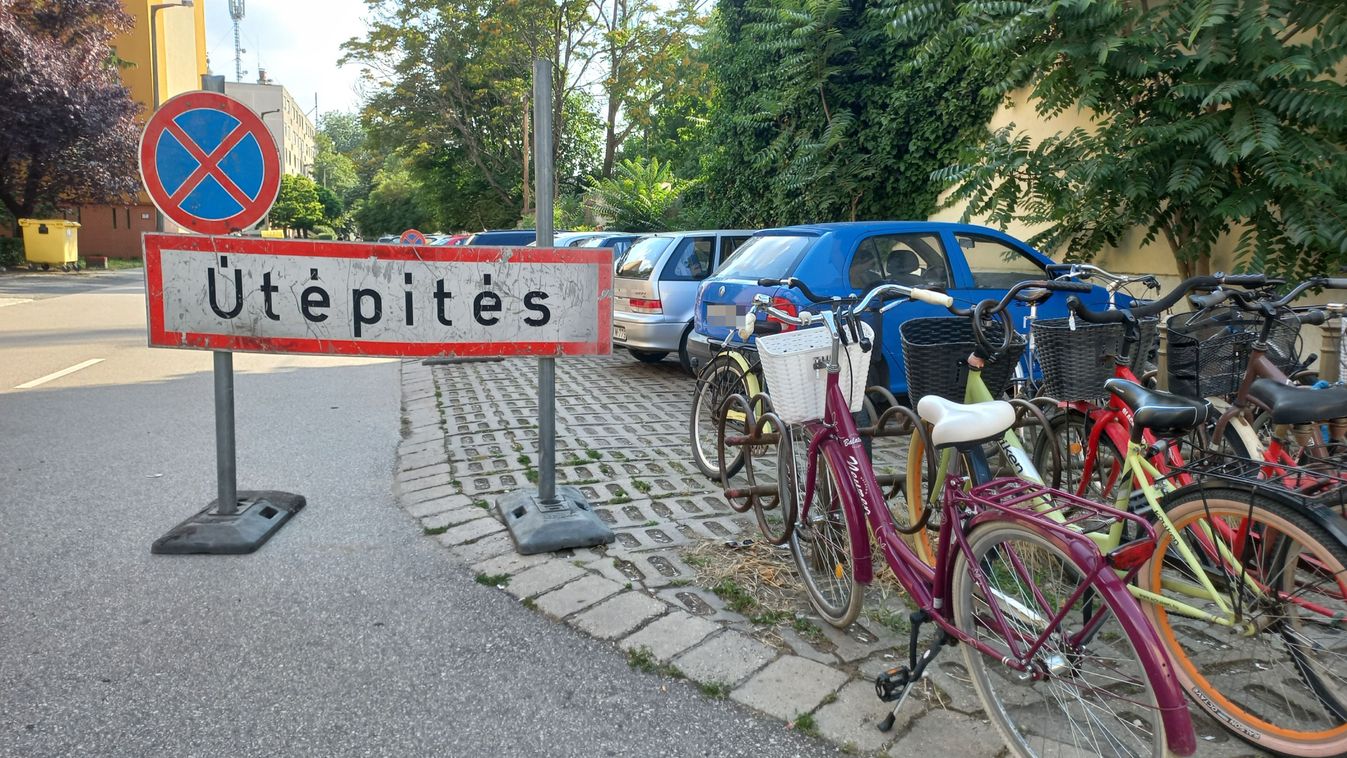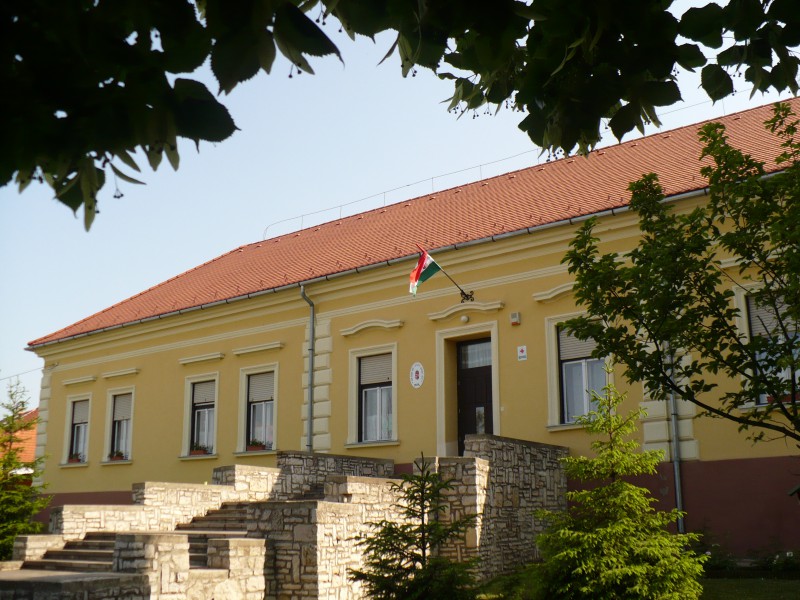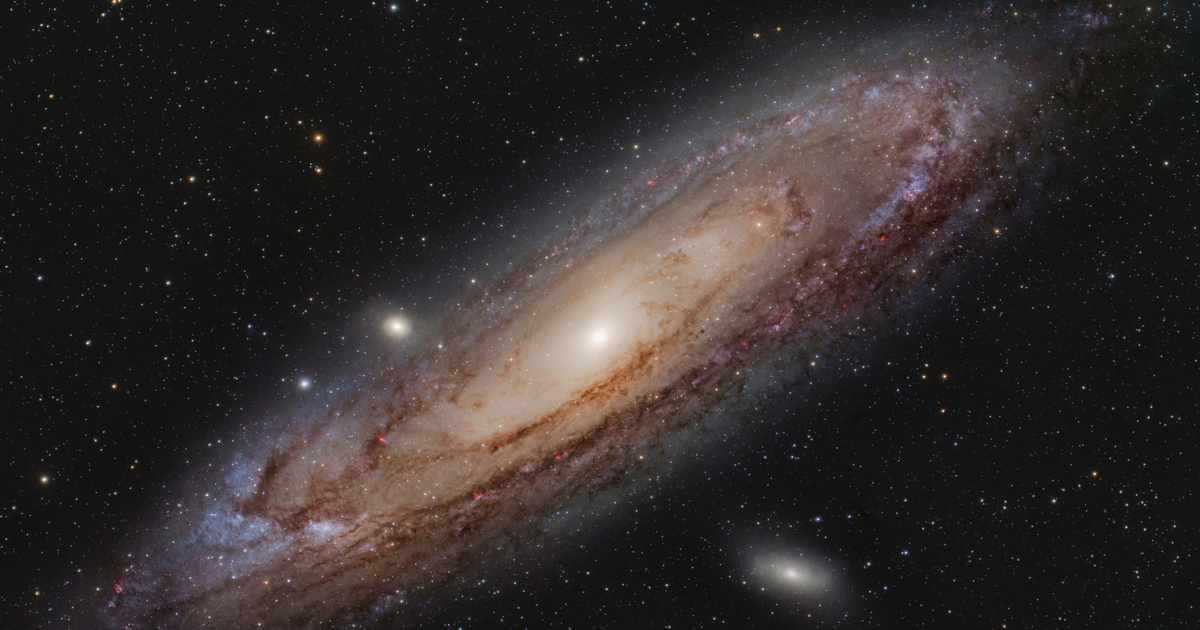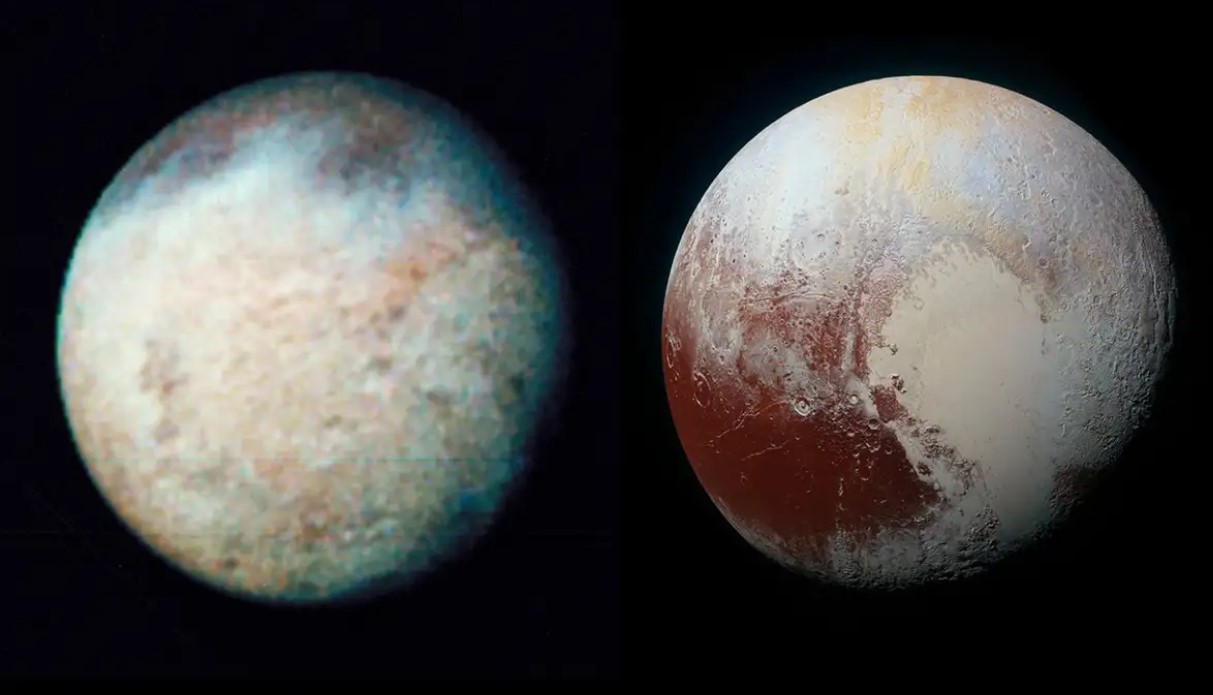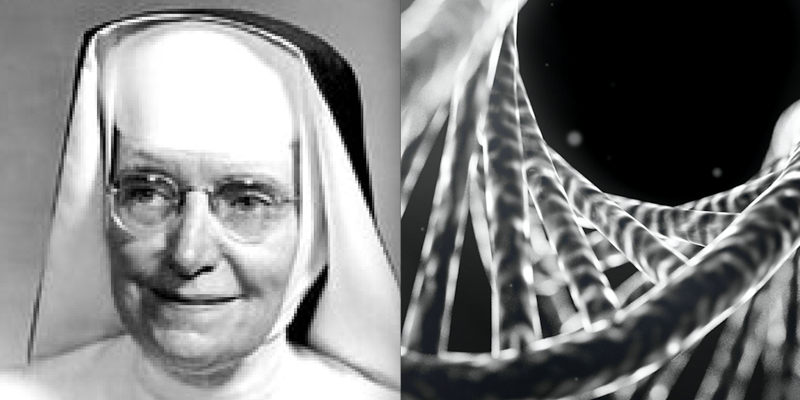Contrary to what ordinary people sometimes think, priests and monks have done a lot – and still do – in the field of science, overturning the erroneous position that faith and science are mutually exclusive. They are the people who are simultaneously searching for the little parts of the world that God created – and offering their lives to God. Miriam Michael Stimson, the Dominican-American Sister, is not talked about much, although she has indisputable advantages in researching the structure of DNA.
In 1962, Francis Crick, James Watson, and Maurice Wilkins were awarded the Nobel Prize for their discovery of the double helix structure of the DNA molecule. This work would not have been possible without the discoveries of many other scientists, whose contributions are often not acknowledged.
A Catholic nun, Dominican Sister Miriam Michael Stimson, was one of those unsung heroes in the search for the building blocks of life.
Marian Emma Stimson was born on December 14, 1913, into a devout Catholic family in Chicago. In 1935, she joined the Adrian Domonkos Sisters and took the name Miriam Michael. He graduated in chemistry in 1936, and in addition to his work in the chemistry department, he also received his Ph. . In 1953, Sister Miriam Michael was the second woman after Marie Curie to be invited to lecture at the Sorbonne in Paris and the first to be invited to the University of Notre Dame.
- He died of a stroke on June 17 in his hometown of Chicago.

Photo: Aleteia
He devoted most of his scientific career to the chemical investigation of amino acids and other biologically important organic molecules using spectroscopy.
As a member of the modern scientific culture, he has published countless articles in prestigious journals, often with co-authors.
He developed a technique using potassium bromide to prepare the amino acids and other molecules under study. The potassium bromide was transparent at the infrared wavelengths used in the spectroscopy, which is a significant improvement over previous oil-based formulations.
Use this technique to study the structure of DNA. At the time, it was thought that the nucleotide bases (ACGT, adenine, cytosine, guanine, and thymine) were on the outside of the DNA molecule, but Stimson found that they were inside the structure. (Today we think of them as the “runs” of a spiral staircase.)
Earlier in his career, Stimson also studied cancer (which was one of the motivations that prompted him to study DNA). He also studied wound healing hormones, which led to the development of the ointment now known as Preparation-H.
Translated by Orsolya Judákne
source: Vatican Observatory
review


advertisement













